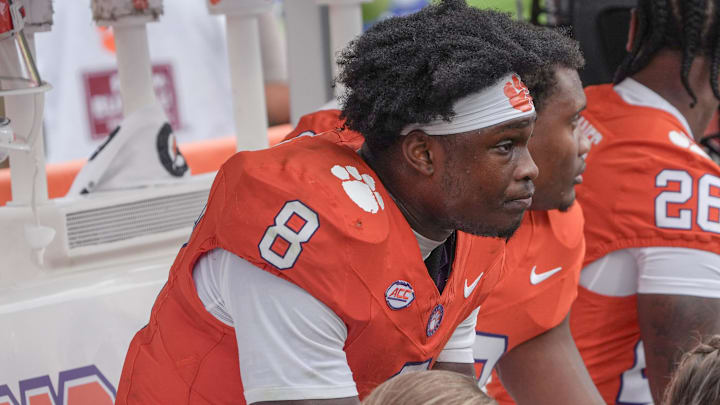For years, Clemson’s calling card was efficiency, explosiveness, and execution in the red zone. That combination defined the Tigers during their Playoff runs with Deshaun Watson and Trevor Lawrence—and it hasn’t looked the same under Garrett Riley.
Heather Dinich of ESPN laid out the cold truth: three glaring issues stand out for the Tigers’ offense.
The Good: Clemson still has pieces that can win. Cade Klubnik’s arm talent, young receivers like Bryant Wesco, and T.J. Moore's versatility remain real threats. The Tigers move the ball between the 20s with flashes of promise.
The Bad: The numbers don’t lie. Over the last three years under Riley, Clemson ranks 92nd in red zone touchdown percentage (58%), compared to No. 3 nationally under Tony Elliott. Explosive plays have dried up too—once averaging a 50-yard play per game, now falling to less than one every two contests.
The Ugly: Efficiency. Clemson was fourth in the nation in offensive efficiency under Elliott. Today? 33rd. And Dinich points out the problems aren’t just scheme—red zone struggles point to offensive line play, recruiting misses, and lack of portal impact.
Why This Matters Now
This isn’t about one loss or one bad season. Clemson is in the middle of an identity crisis. The offense that once terrified defenses is sputtering, and the results are showing up in the standings.
The Tigers’ focus, Dinich noted, has already shifted beyond 2025: “The bottom line is this. Clemson has a lot to fix. It has to fix it very quickly, and the focus has shifted to finishing with a respectable season, but more so turning the attention to 2026, getting this program back to national relevance.”
Translation: Clemson isn’t just trying to salvage the present—it’s fighting for its future.
The Road Ahead
Can Riley rediscover the explosiveness that made him such a coveted hire? Can Dabo Swinney adjust his recruiting and portal strategy to address glaring needs up front? The answers will determine whether Clemson can return to the CFP stage—or keep sliding toward irrelevance.
Right now, the numbers tell a harsh story. And Clemson has to rewrite it fast.
